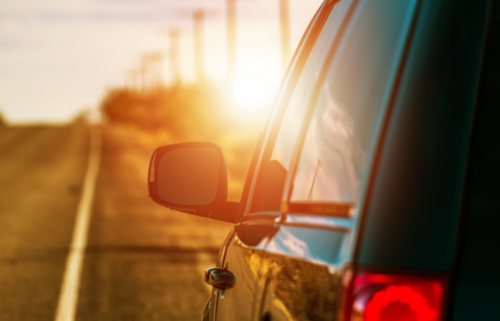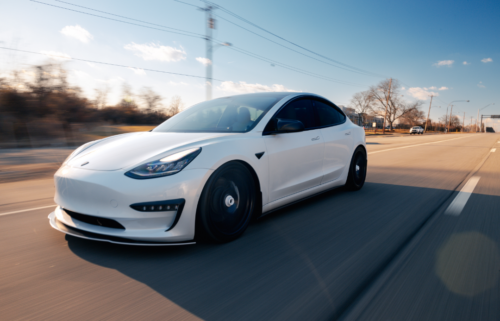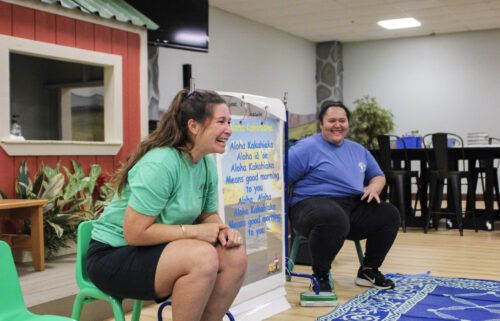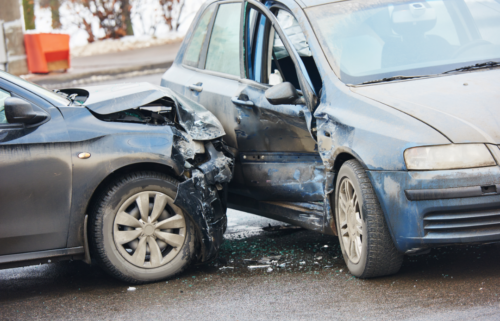Nearly half of fatal car accidents in 2020 happened at night—understanding the factors at play
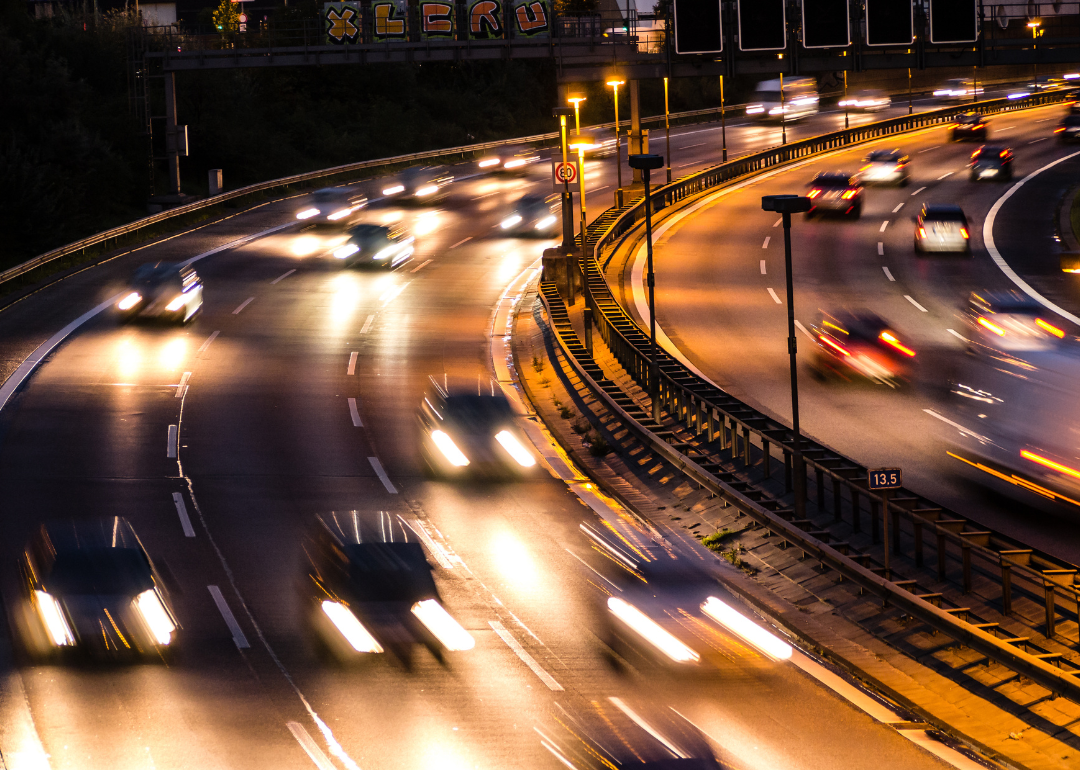
SP-Photo // Shutterstock
Nearly half of fatal car accidents in 2020 happened at night—understanding the factors at play
Blurred cars in motion on highway at night.
Everything from distracted driving to adverse weather conditions can add up to the wrong combination of factors that end in tragic, even fatal, car accidents.
Non-fatal accidents resulting in injury—or property damage alone—outweigh fatal accidents, but one common factor stands out when comparing fatal car crashes in America: the time of day. Of the 5.25 million car accidents that took place in 2020, nearly 29% happened after dark. Taking an even closer examination of the data reveals an even more significant and alarming trend that for those crashes involving fatalities, that percentage soared to 49%.
Staver Accident Injury Lawyers used data from the National Highway Traffic Safety Administration to find the number and percentage of car crashes that occurred after dark in 2020, the most recent data available. The analysis breaks down crashes that led to fatalities, injuries, and property damage, as well as whether the crashes occurred in lit or unlit areas (i.e., those in areas with or without streetlights).
A number of factors contribute to this high percentage of nighttime fatalities, among them poor roadway lighting, lack of retroreflective signage, inadequate lane markings, and driver behavior, such as drunk driving, distracted driving, and excessive speed.
Read on for an analysis of the data behind fatal car accidents at night.
![]()

Travel_Master // Shutterstock
Fatal motor vehicle crashes
Night driving view from inside vehicle.
– Total number of crashes (2020): 35,766
– Total number of crashes after dark: 17,572 (49% of all crashes)
— Unlit areas: 9,827 (27% of all crashes)
— Lit-up areas: 7,407 (21% of all crashes)
There is a small but significant difference found in the data regarding fatal nighttime car crashes: They are more likely to happen in unlit areas.
In 2020, nearly 2,500 more fatal accidents occurred in dark, low-visibility areas. When a roadway is unlit or poorly lit, not only is the general environment not fully visible to the driver, but lane markings, directional signage, and other people on the road such as bicyclists and pedestrians are also much harder to see.
A 2018 study published by the International Association of Traffic and Safety Sciences found a direct correlation between low visibility and an increased likelihood of a crash.
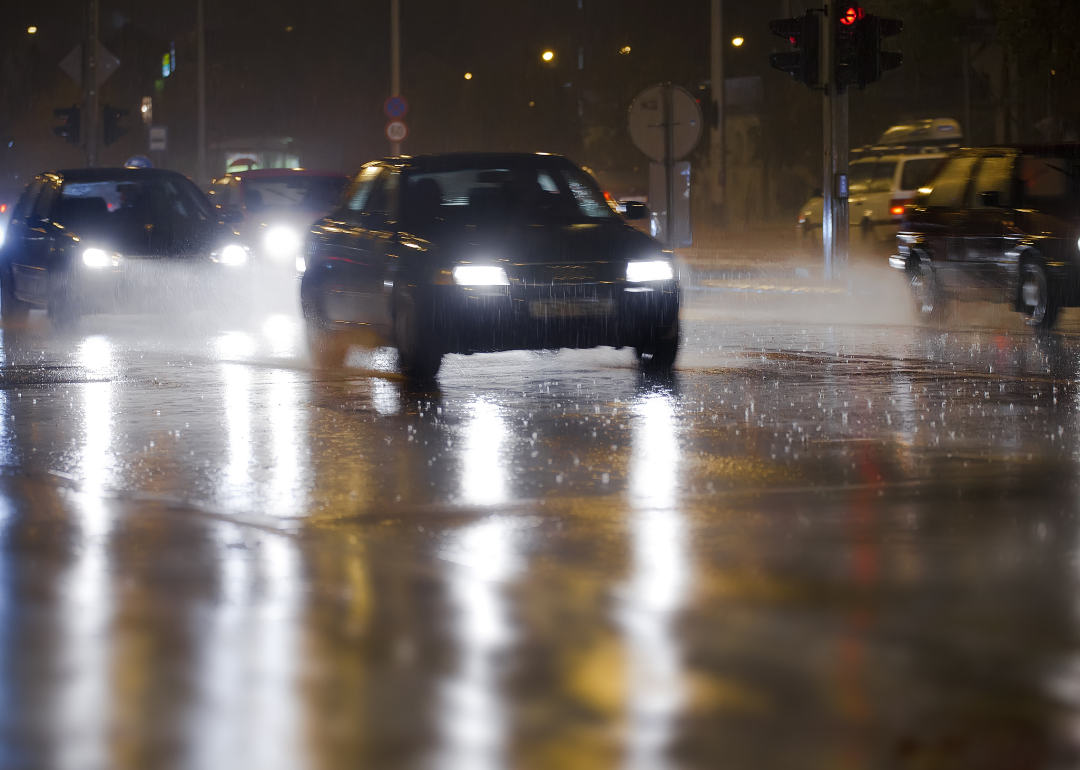
Berislav Kovacevic // Shutterstock
Injury-only motor vehicle crashes
Traffic on rainy night.
– Total number of crashes: 1,593,390
– Total number of crashes after dark: 476,722 (30%)
— Unlit areas: 171,651 (11%)
— Lit-up areas: 293,168 (18%)
In well-lit areas, the improved visibility gives drivers a better degree of reaction time, resulting in a higher percentage of injury-only crashes in these locations. Reaction times have been found to decrease in poorly lit conditions. This means that when there is adequate lighting, people are more likely to be able to correct a mistake before it becomes fatal.
For this reason, experts recommend improving roadside lighting conditions as a way to reduce car crash fatalities. It is also telling that the majority of injury-only crashes occur in day time—by a ratio of more than 2 to 1—lending further support that visibility is a significant factor in determining the likelihood of a fatal incident.
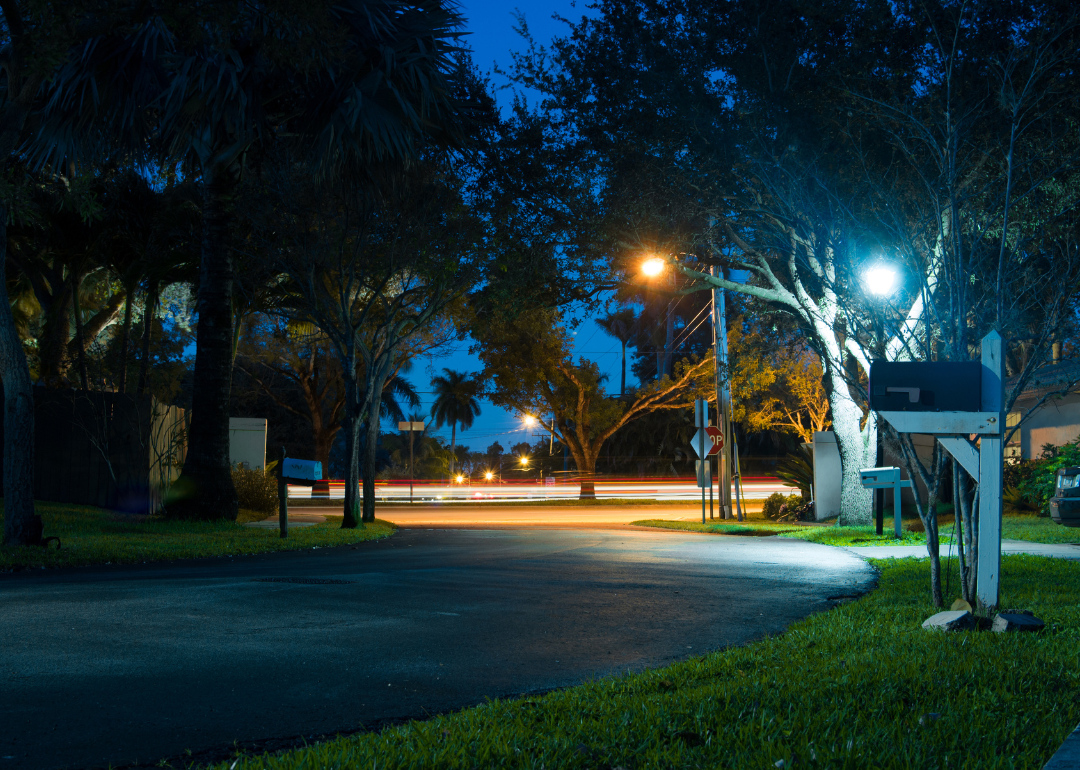
pictagraphics // Shutterstock
Property damage-only motor vehicle crashes
Neighborhood road with mailboxes and street lamps.
– Total number of crashes: 3,621,681
– Total number of crashes after dark: 1,020,372 (28%)
— Unlit areas: 425,897 (12%)
— Lit-up areas: 564,569 (16%)
Property-only crashes by far outnumber fatal and injury-only crashes combined. The percentage of them that take place after dark is on par with the number of injury-only crashes. Property damaged in car crashes can range from homes and fences to the car involved in the collision itself.
Interestingly, there are slightly more property damage-only accidents that occur in well-lit areas than in unlit areas. Although this seems counterintuitive, this may simply be because there is more property to damage in well-lit areas.
For example, in residential neighborhoods and city streets, there tend to be streetlights. Dark woods and rural highways, however, typically are sparsely populated with fewer buildings and homes. Therefore, the more well-lit an area is, the more property it may have to damage, leading in part to the higher crash rate.
This story originally appeared on Staver Accident Injury Lawyers and was produced and
distributed in partnership with Stacker Studio.
